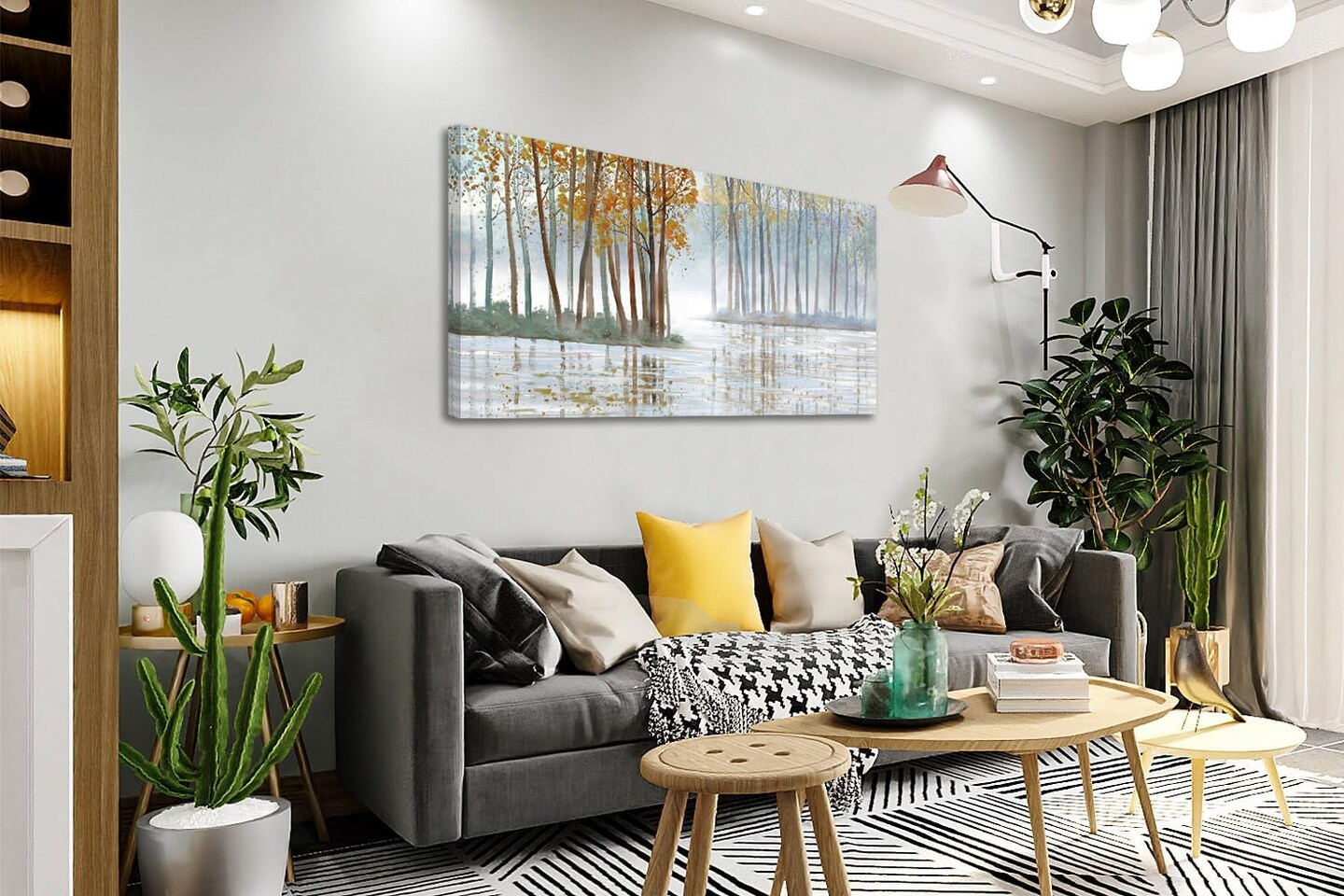Protective Coatings for Wall Art: A Guide for Photographers
For professional photographers, the presentation and preservation of artwork is as crucial as the creation itself. As a photographer, ensuring that your wall art retains its vibrancy and durability over time is paramount. This is where protective coatings for wall art come into play. These coatings not only enhance the longevity of the artwork but also maintain its aesthetic appeal, safeguarding it from environmental damage.

Understanding the Importance of Protective Coatings
The primary purpose of protective coatings is to shield artwork from external elements such as dust, UV rays, and moisture. These factors can cause fading, discoloration, and deterioration over time. For photographers, who often invest significant time and resources into printing and framing their work, it is essential to ensure that their art remains in pristine condition. Protective coatings act as a barrier, preserving the integrity of the artwork.
Types of Protective Coatings
There are several types of coatings available, each offering distinct benefits:
- UV Coatings: These coatings protect against the harmful effects of ultraviolet light, which can cause colors to fade. UV coatings are particularly beneficial for artwork displayed in brightly lit areas.
- Varnishes: Varnishes are applied on the surface of artwork to provide a protective layer. They come in gloss, satin, and matte finishes, allowing photographers to choose the desired aesthetic for their art.
- Laminates: Laminates are clear films that are adhered to the surface of the artwork. They offer protection against physical damage, such as scratches and fingerprints, making them ideal for high-traffic areas.
Choosing the Right Coating for Your Artwork
Selecting the appropriate coating depends on several factors, including the type of material used, the environment in which the artwork will be displayed, and personal preferences. For photographers, understanding these factors can help in making an informed decision:
1. **Material**: Different materials, such as canvas, paper, or metal, require specific types of coatings. It is essential to ensure compatibility to prevent any adverse reactions.
2. **Environment**: Consider the location where the artwork will be displayed. Areas with high exposure to sunlight or humidity may require more robust protection.
3. **Aesthetic Preference**: The finish of the coating can affect the overall look of the artwork. Photographers should select a finish that complements their style and enhances the visual appeal of their work.
Benefits of Using Protective Coatings
For photographers, the benefits of using protective coatings are manifold:
- Longevity: Coatings extend the lifespan of artwork by protecting it from environmental damage.
- Enhanced Appearance: The right coating can enhance the colors and details of the artwork, making it more visually striking.
- Cost-Effective: By preventing damage, protective coatings reduce the need for costly repairs or replacements.
Application Techniques
Applying protective coatings requires precision and care to achieve optimal results. Here are some tips for photographers:
1. **Prepare the Surface**: Ensure the artwork is clean and free of dust and debris before applying any coating.
2. **Select the Right Tools**: Use appropriate brushes, rollers, or spray applicators based on the type of coating and the surface of the artwork.
3. **Follow Instructions**: Each coating product comes with specific application guidelines. It is crucial to follow these instructions to avoid any mishaps.
Maintaining Coated Artwork
Once the artwork is coated, proper maintenance is essential to keep it in top condition:
1. **Regular Cleaning**: Use a soft, dry cloth to gently wipe the surface, removing any dust or dirt.
2. **Avoid Direct Sunlight**: Although UV coatings offer protection, it is advisable to avoid prolonged exposure to direct sunlight.
3. **Control Humidity**: High humidity levels can affect the coating and the artwork itself. Using dehumidifiers can help maintain an optimal environment.
For photographers seeking to elevate their art presentation, protective coatings are a valuable tool. Not only do they enhance the visual appeal of wall art, but they also provide enduring protection, ensuring that your creations stand the test of time.
For more insights on enhancing your wall art, you can explore [Designing Around Statement Art](https://photo4art.com/blogs/our-all-posts/designing-around-statement-art) and [Scaling Wall Art for Big Walls](https://photo4art.com/blogs/our-all-posts/scaling-wall-art-for-big-walls). Discover more about art preservation techniques at [Apartment Therapy](https://www.apartmenttherapy.com/wall-decor-ideas-255923).

FAQs
What are the best protective coatings for photographs?
The best coatings for photographs typically include UV coatings and varnishes, which offer excellent protection against fading and environmental damage.
Can protective coatings be applied to all types of wall art?
While most wall art can benefit from protective coatings, it's important to ensure the compatibility of the coating with the material of the artwork.
How often should I reapply protective coatings?
The frequency of reapplication depends on the type of coating used and the environment in which the artwork is displayed. Generally, reapplication every few years is recommended.

